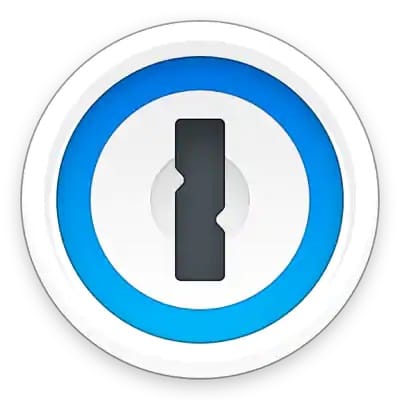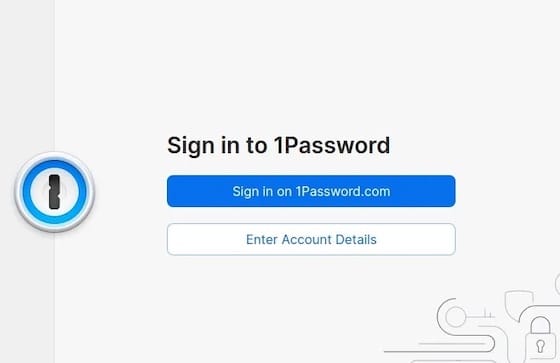How To Install 1Password on openSUSE

In today’s digital landscape, securing your online presence is paramount. 1Password stands out as a robust password manager, offering a seamless solution for organizing and protecting your sensitive information. This guide will walk you through the process of installing 1Password on openSUSE, ensuring you can harness its powerful features on your Linux system.
openSUSE users have multiple options for installing 1Password, each with its own advantages. Whether you prefer the official repository method, DNF installation, or alternative approaches, this article covers all bases. We’ll explore system requirements, step-by-step instructions, and essential post-installation setup to get you up and running securely.
Prerequisites
Before diving into the installation process, it’s crucial to ensure your system meets the necessary requirements. This preparation will help avoid potential roadblocks and ensure a smooth installation experience.
System Requirements
- Supported openSUSE versions: 1Password is compatible with openSUSE Leap 15.2 and newer, as well as openSUSE Tumbleweed.
- Required permissions: You’ll need sudo access to perform the installation and configuration steps.
- System updates: Ensure your system is up-to-date by running
sudo zypper updatebefore proceeding with the installation.
With these prerequisites in place, you’re ready to explore the various installation methods available for 1Password on openSUSE.
Method 1: Official Repository Installation
The official repository installation method is recommended for most users, as it ensures you receive the latest stable version of 1Password directly from the developers.
Using zypper
Zypper is openSUSE’s package manager, and we’ll use it to add the 1Password repository and install the application. Follow these steps:
- Open a terminal window.
- Add the 1Password signing key to your system:
sudo rpm --import https://downloads.1password.com/linux/keys/1password.asc - Add the 1Password repository:
sudo zypper addrepo https://downloads.1password.com/linux/rpm/stable/x86_64 1password - Refresh the repository cache:
sudo zypper refresh - Install 1Password:
sudo zypper install 1password
After the installation completes, verify it by running:
1password --versionThis command should display the installed version of 1Password.
Handling Dependencies
During the installation process, you might encounter dependency-related issues. One common dependency is systemd-udev. If zypper prompts you about missing dependencies, you can resolve this by installing the required packages:
sudo zypper install systemd-udevIf you encounter any other dependency issues, carefully read the error messages provided by zypper. Often, these messages will suggest the packages you need to install to resolve the dependencies.
Method 2: DNF Installation
DNF (Dandified Yum) is an alternative package manager that some openSUSE users prefer. It offers certain advantages, such as easier updates management and access to beta channels.
Setting up DNF
If you haven’t already installed DNF on your openSUSE system, you’ll need to do so first:
- Install DNF:
sudo zypper install dnf - Add the 1Password repository for DNF:
sudo dnf config-manager --add-repo https://downloads.1password.com/linux/rpm/stable/x86_64/1password.repo - Install 1Password using DNF:
sudo dnf install 1password
Advantages of DNF Method
- Easier updates management: DNF provides a streamlined update process, making it simpler to keep 1Password and other packages up-to-date.
- Beta channel access: If you’re interested in testing new features, DNF allows easier access to beta versions of 1Password.
- Integration benefits: DNF integrates well with other RPM-based systems, potentially offering a more consistent experience across different Linux distributions.
Method 3: Alternative Installation Options
While the official repository and DNF methods are recommended, openSUSE users have additional installation options available. These alternatives may be preferable in certain scenarios or for users with specific requirements.
Flatpak Installation
Flatpak is a universal package management system that works across different Linux distributions. To install 1Password using Flatpak:
- Ensure Flatpak is installed on your system:
sudo zypper install flatpak - Add the Flathub repository:
flatpak remote-add --if-not-exists flathub https://flathub.org/repo/flathub.flatpakrepo - Install 1Password:
flatpak install flathub com.onepassword.OnePassword
Pros:
- Consistent experience across different Linux distributions
- Sandboxed environment for enhanced security
Cons:
- Limited browser integration compared to native installations
- Potentially larger installation size due to bundled dependencies
Snap Package
Snap is another universal package system, developed by Canonical. While less common on openSUSE, it’s still an option for installing 1Password:
- Install snapd:
sudo zypper install snapd - Enable and start the snapd service:
sudo systemctl enable snapd sudo systemctl start snapd - Install 1Password:
sudo snap install 1password
Note: Snap packages may have limitations in terms of system integration and performance compared to native installations.
Post-Installation Setup
After successfully installing 1Password, there are a few additional steps to ensure optimal functionality and integration with your openSUSE system.
Browser Integration
1Password’s browser integration is a key feature that enhances its usability. To set up browser extensions:
- Open 1Password and navigate to the settings menu.
- Look for the “Browser Integration” or “Extensions” section.
- Follow the prompts to install the extension for your preferred browser (e.g., Firefox, Chromium).
- Once installed, restart your browser and sign in to the 1Password extension.
To configure system integration:
- Open 1Password preferences.
- Navigate to the “Security” tab.
- Enable “Unlock with Linux PAM” for seamless authentication.
Test the installation by attempting to log into a website using 1Password. The extension should offer to fill in your credentials automatically.

Features and Integration
1Password on openSUSE offers several features that integrate well with the Linux desktop environment:
System Integration
- Dark mode support: 1Password respects your system’s dark mode settings, providing a consistent visual experience.
- System tray functionality: Access 1Password quickly from the system tray for convenient password retrieval.
- GNOME/KDE integration: 1Password integrates smoothly with both GNOME and KDE desktop environments, adapting to your preferred desktop setup.
Maintenance and Updates
Keeping 1Password up-to-date is crucial for security and to benefit from the latest features. The update method depends on your installation method:
Update Methods
- Using zypper: If you installed via the official repository, update with:
sudo zypper update 1password - Using DNF: For DNF installations, update with:
sudo dnf update 1password - Automatic updates: Configure your system’s automatic update settings to include 1Password for hassle-free maintenance.
Troubleshooting Guide
Even with careful installation, you might encounter issues. Here are solutions to common problems:
Common Issues
- Repository errors: If you encounter GPG key errors, ensure you’ve correctly imported the 1Password signing key. You may need to re-add the repository if issues persist.
- Dependency conflicts: Use
sudo zypper verifyto check for and resolve package conflicts. Installing missing dependencies manually can often resolve these issues. - Browser integration problems: If the browser extension isn’t working, try reinstalling it or checking for conflicts with other password management extensions.
Security Considerations
While 1Password is designed with security in mind, following best practices enhances your overall protection:
Best Practices
- Keyring integration: Use the GNOME Keyring or KDE Wallet for additional encryption of your 1Password data.
- System security: Keep your openSUSE system updated and use a firewall to protect against potential vulnerabilities.
- Backup considerations: Regularly export your 1Password vault and store it securely as a backup measure.
Congratulations! You have successfully installed 1Password. Thanks for using this tutorial for installing the 1Password password manager on your openSUSE system. For additional help or useful information, we recommend you check the official 1Password website.